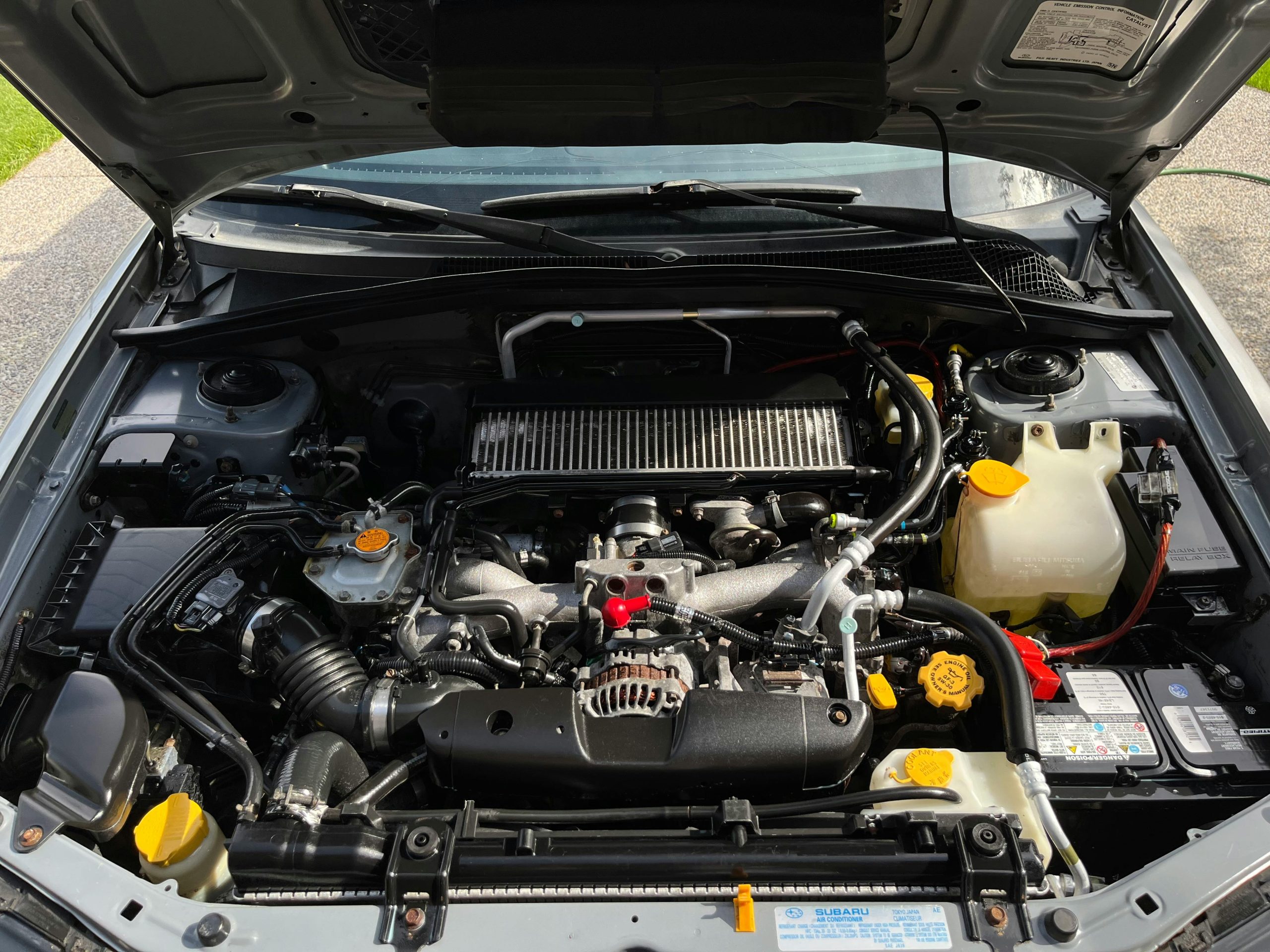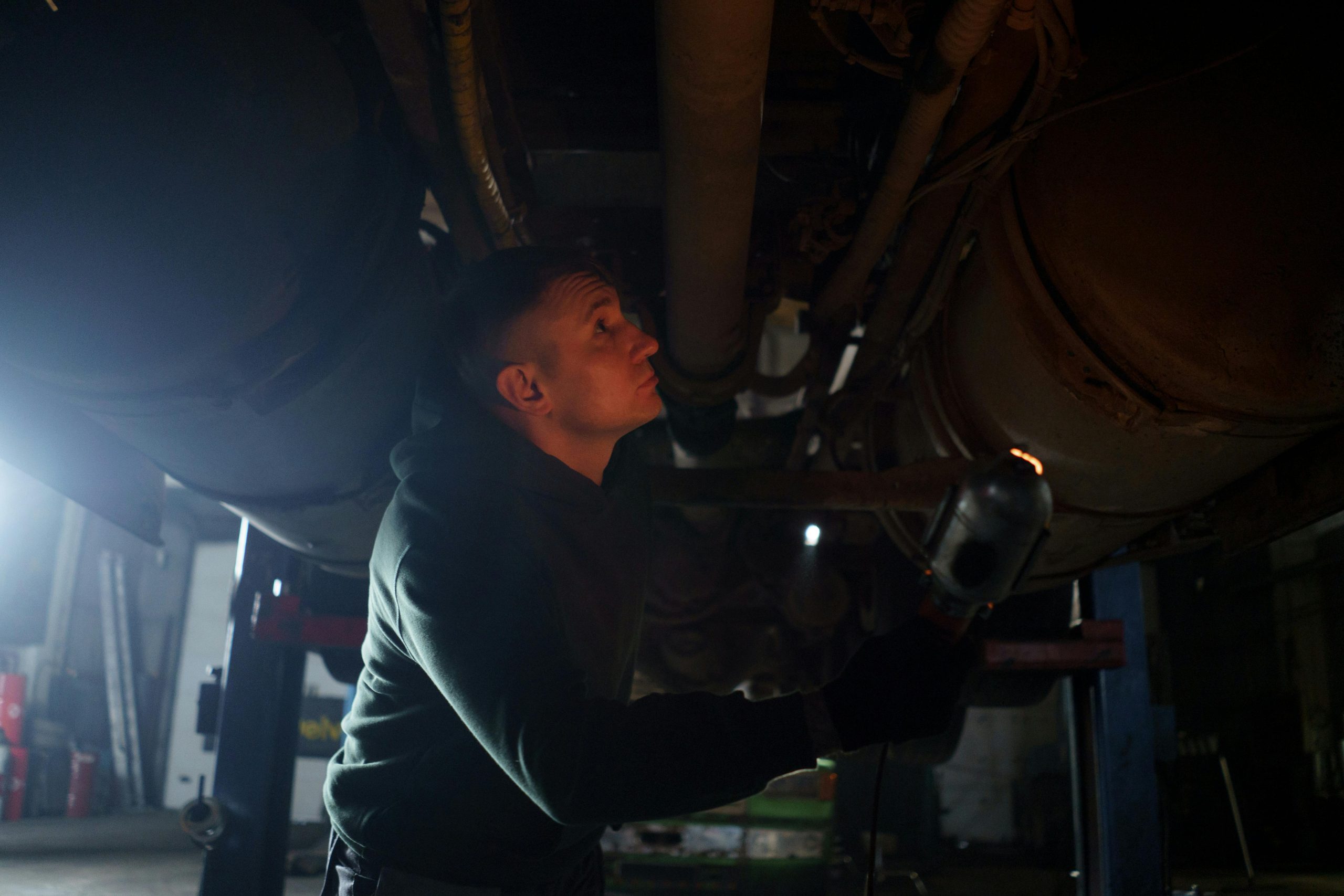Your car’s suspension system is essential for a smooth and safe ride. It’s what keeps your tires in contact with the road and cushions you from the bumps and jolts of uneven surfaces. But like any part of a vehicle, the suspension system can wear out over time.
Recognizing the symptoms of a bad suspension early can save you from costly repairs and keep you safe on the road.
In this post, we’ll explore the common symptoms of a bad suspension, why they occur, and when it’s time to take action.
What Does the Suspension System Do?
Before diving into the symptoms, let’s understand the role of the suspension system.
It’s designed to:
- Absorb Shocks: It minimizes the impact of road imperfections.
- Maintain Stability: It helps keep the car balanced, especially during turns or sudden stops.
- Support the Vehicle: It evenly distributes the weight of your car across all four wheels.
A failing suspension doesn’t just lead to discomfort; it can also compromise your control over the vehicle, putting you and others at risk.
Key Symptoms of a Bad Suspension
Here are the most common signs that your suspension might be in trouble:
1. Bumpy or Rough Rides
If you start to feel every bump in the road or your car seems to bounce excessively after hitting a pothole, your suspension may be worn out. The shocks or struts are likely the culprit, as they’re responsible for dampening road impact.
When to Act: Don’t ignore this issue. Prolonged neglect can lead to further damage to your car’s chassis and tires.
2. Uneven Tire Wear
Take a close look at your tires. Are the treads wearing out unevenly? This could mean that your suspension system isn’t holding the car evenly, leading to irregular pressure on the tires.
When to Act: Replace the suspension components and rotate your tires to avoid reduced traction and premature tire replacement.
3. Drifting or Pulling While Driving
Does your car drift to one side, even on a straight road? This could signal poor alignment caused by a suspension issue. A faulty suspension can make it harder to steer, which is particularly dangerous during high-speed driving or adverse weather conditions.
When to Act: Have a professional inspect your suspension immediately, as this could increase your risk of losing control.
4. Nose-Diving When Braking
If your car’s front end dips down sharply when you apply the brakes, it’s a red flag. This symptom often indicates worn shocks or struts, which reduce your car’s stopping power and increase the risk of an accident.
When to Act: Schedule an inspection without delay. Replacing the worn components will restore your car’s stability.
5. Excessive Body Roll During Turns
Feeling like your car is tilting or leaning more than usual during turns? This symptom can result from weakened anti-roll bars or worn-out suspension components. It affects your car’s balance and can make cornering risky.
When to Act: Address this issue promptly to ensure better handling and safety.
6. Strange Noises
A failing suspension can make noises like squeaking, clunking, or knocking, especially when driving over bumps or uneven roads. These sounds often come from worn bushings, ball joints, or other suspension parts.
When to Act: Don’t wait until the noise gets louder. Have the system checked to avoid further damage.
Why Do Suspension Problems Happen?
Several factors can contribute to suspension issues, including:
- Wear and Tear: Suspension parts, especially shocks and struts, degrade over time.
- Road Conditions: Driving on poorly maintained roads can accelerate suspension wear.
- Overloading: Carrying excessive weight can strain the suspension system.
- Neglect: Ignoring regular maintenance can lead to premature failure.
Being aware of these causes can help you take preventive measures to extend the life of your suspension system.
When Should You Replace Suspension Components?
Suspension components don’t last forever, but their lifespan varies depending on your driving habits, road conditions, and how well you maintain your vehicle. Here are some general guidelines:
- Shocks and Struts: Typically last 50,000 to 100,000 miles.
- Bushings and Ball Joints: Lifespan varies but should be inspected regularly.
- Springs: These are less likely to fail but should be checked if you notice sagging or uneven height.
If you notice any of the symptoms mentioned above, don’t delay in getting your suspension inspected by a qualified mechanic.
The Cost of Ignoring Suspension Issues
Delaying repairs can lead to:
- Increased Repair Costs: What starts as a minor issue can escalate, affecting other parts like tires, axles, or the steering system.
- Reduced Safety: A compromised suspension makes it harder to control your car, especially in emergencies.
- Lower Vehicle Value: Persistent problems can decrease your car’s resale value.
Investing in timely repairs is not just about saving money; it’s about ensuring your safety and prolonging the life of your vehicle.
Final Thoughts
Your suspension system plays a crucial role in keeping your car safe, comfortable, and easy to handle. If you notice symptoms like bumpy rides, uneven tire wear, or strange noises, don’t ignore them.
Acting quickly can save you from expensive repairs and ensure you’re driving a safe and reliable vehicle.
When in doubt, have a professional inspect your suspension system. Regular maintenance and prompt action are the keys to avoiding bigger problems down the road. A smooth ride isn’t just about comfort; it’s about safety.



